
The Mediterranean Diet is more than a diet. It is a lifelong living style. You have to adopt it, as a religion. Decades ago, it was the natural way of life of many people around the Mediterranean Basin, especially in Spain, Italy and Greece. High activity, Mediterranean nutrition, anti stress attitudes and not much money shaped a culture that was declared last year Immaterial Human Heritage by UNESCO.Nowadays, these circumstances have changed in the mentioned countries, but many responsible people are still keeping or returning to what is considered to be the healthiest diet in the world.
The Mediterranean Diet is the best way to live many years with a high quality of life. It is also the best way to keep your body in shape, your skin clean and beautiful and your internal organs working properly. It the best diet to lead you to a proportional weight and don’t endanger your health with urgent and unbalanced malnutrition. These fad diets may allow you to lose a few pounds, for a time, a weight that you will regain later after having lost part of your health. You may not know immediately, but the aftermath will come later.
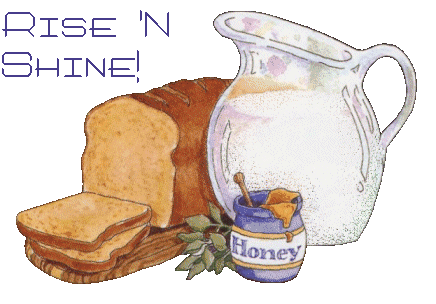
There is something that you should take into account. The Mediterranean Diet is free, without any supplements or packs. Consequently, there is not any economic interest behind it. The only money you are going to spend is your own investment in proper and fresh food, fruits and vegetables.
The Mediterranean Diet is also the best way to prevent many diseases. The most important are the “brain ictus” or stroke (first cause of death in women and second in men) and the “myocardial infarction” or heart attack (the main cause in men), but are many more. It has been proved the important role of the Mediterranean Diet in the prevention of the metabolic syndrome (some health disorders of which the most important are: too much fat around the waist, high blood pressure and/or insulin levels and unbalanced levels of cholesterol. So it has been in the prevention of lung diseases, asthma, many allergies, Parkinson, Alzheimer, and also for keeping the bone mass in elderly people. Recently, it has been related the Mediterranean Diet with low incidences of many types of cancer.

The original Mediterranean Diet characteristics are:
High consumption of virgin olive oil.
High intake of vegetables and fruits and legumes.
Use of non refined carbohydrates (portions to be adjusted to physical activity).
Consumption of fish, specially oily (or “bluish” one) three o for times a week
Consumption of milk and derivates, cheese and yogurt (the original cheese was fresh goat cheese). Keep an eye on the saturated fats of the dairy products. Do not consume too much!
Three or four eggs per week.
Moderate consumption of meat and saturated fats (natural, not artificially hydrogenated!).
One or two small glasses of wine a day, preferably red and at the main meals. White wine and beer are alternatives.
Nuts as snacks.
In “special occasions” Mediterranean traditional desserts.
Of course, if you want to reduce your weight, you will have to choose the less caloric nutrients. Or just do the opposite, if you want to increase it.

People bound to Mediterranean Diet have a 70% more of expectancy of life and a 80% of better quality life, supposing they do not smoke. By the way, if you want a healthy life, what is the use of smoking? This is another effect of the Mediterranean Diet. Most of the real followers of this style of life do not smoke of stop doing it. The physical activity and a bigger awareness of the importance of health are the main drives.
However, being a Mediterranean Diet follower not only means choosing your food. It is also of capital importance knowing what you should avoid. They are the artificial products that did not exist fifty or sixty years ago: artificially hydrogenated products and derivates, and anything containing of being suspect of contain trans-fat. In USA, It is compulsory from January 1st 2006 to indicate in the labels the trans fat proportion. You should choose products with 0% of trans fats. Nevertheless, you have to take into account that 0% means really up to 0.49 grams per serving. If the serving is small and you take many, you may be eating a lot of these fats. They are responsible for increasing the bad cholesterol (LDL) and reducing the good one (HDL), apart from other supposed negative effects that are being investigated.
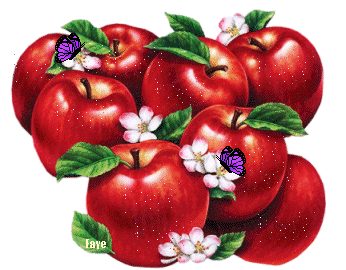
Considering that the Mediterranean Diet is a very important cultural element, it has to be learned as soon as possible. Parents have to learn how to manage their children food habits. They have to learn how to avoid manufactured products and substitute them by fresh and natural food. Stop buying wrapped things and give them instead an apple, a banana or a homemade sandwich. Be careful with the main meals, and supervise the schools lunches. It is of utmost importance. Remember that your body and brain age will depend on what you eat!
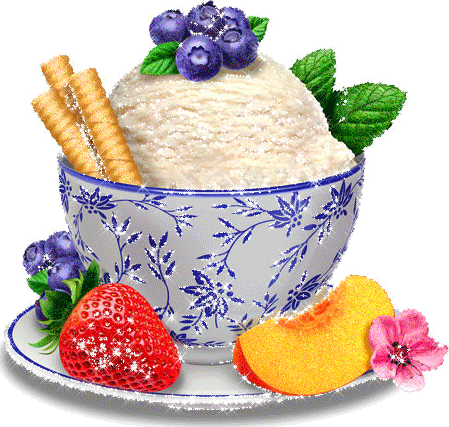
Here are the ingredients of a pasta sauce recipe which I came across:
3 TBSP of butter
8 fluid ounces of heavy whipping cream
Salt to taste
1 pinch of ground nutmeg
1/4 cup grated Parmesan cheese
Bottle of olive oil with vegetable decoration
1/4 cup grated Romano cheese
1 egg yolk
2 tablespoons grated Parmesan cheese
And just what do we do with all this?
Pizza and pasta do not have to be cooked like the Kamikazi's last meal! Both can be quite healthy and any significant grease or fat can be avoided if they are cooked in the true modern Italian way.
Here is a Mediterranean diet simple test **:
A brioche or croissant for breakfast -1 slice of bread, cookies, Fette Biscottate, or cereals for breakfast
A portion of fruit 1x per day,
A portion of vegetables 1x per day
A portion of fish 2 or 3 times a week
Do not consume more than 4 eggs per week
Do not eat at a Fast food chain more than once a week
Eat legumes more than once a week
Eat pasta or rice at least 5 times a week
Use olive oil as dressing
Do not consume too much alcohol
Eat less than 100g of meat a day
An Italian Breakfast
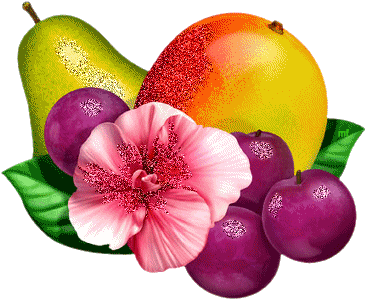
An Italian breakfast is frugal: It usually consists of cappuccino or coffee and milk with a Cornetto (or if you are eating it at home
Mediterranean dish made with bread, tomatoes,cucumbers,onions,basil,olive oil
cookies) . Fresh squeezed orange juice is becoming more popular as well. Over and over, they tell me in the U.S. that this type of breakfast is unhealthy and that you should eat a decent sized energy breakfast to start out your day.
This has some truth in it but it is based on past way of life : maybe seventy years ago when people would go working the fields early in the morning a nutritious breakfast was vital. Nowadays, if we go sit down in an office for a continuous eight hours, we may think twice about letting all the fat from that powerful breakfast get comfortable around our waist. The goal is to limit our calorie intake.

In the United States, I have witness people consuming potatoes with tomato sauce or eggs and steak for breakfast. A high-fat breakfast is different than a high energy breakfast. Fast makes your body slow down, takes longer to digest, and fogs the mind. Grains give high energy without all the fat and mind fogging. Each of us uses a certain quantity of calories to stay alive, to regulate body temperature, and to assist in involuntary movements essential for living: like breathing) .If we take in more calories than are burned throughout the day, these calories or sugars transform themselves into fat.
Cereals and toast with fruits are fine for breakfast, so the Italian breakfast is not so far off.

Snack: Having a snack in the middle of the morning is good: usually an Italian snack is either a cappuccino or cornetto at the bar. Some other choices are either an orange juice ( fresh squeezed orange juice is now common in all bars in Italy) or succo di frutta with a toast or pizzetta or tramezzino.
Lunch: Of course what you have for lunch varies from family to family and varies as well all over Italy. Most typically, I would say it is a one course meal: meaning pasta and a salad with fruit (That is at least what you should have)
My mother is pretty good at that: She is either cooking pasta with tomato sauce and making a salad or sometimes baking fish in the oven with potatoes. Or maybe prepares a light meat dish with a tossed salad or vegetables. Usually fresh fruits compliment the end of the meal.
Afternoon snack: A yogurt or some fruit would be a good choice for example.
Dinner:
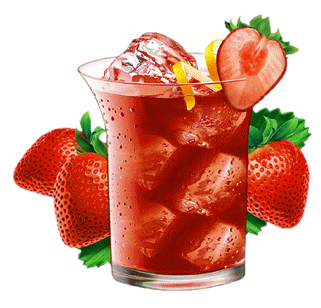
I noticed, that dinnertime in a modern working family has become the major meal of the day. Not eating too late (giving time to digest before going to bed). I usually cook a one course dinner followed by a salad or vegetable. Sometimes I make "pasta e fagioli" (pasta with navy beans) or a soup with fish and vegetables. During the weekend, I might have friends over and in that case push to create a two-course meal like pasta or rice followed by meat or fish, then followed by a salad or vegetable. All this is followed by fruit and is a mandatory following to the Italian etiquette.
*Note that pasta should be cooked "al dente" to be more easily digested
Drinks:

According to a 2002 FAO study "The high and increasing consumption of sugars and sweetened drinks consumed by
Honey wheat and oats rustic bread with olive oil and balsamic vinegar
children in many countries is of alarming concern. It has been estimated that each additional can or glass of sugars-sweetened drink consumed increases the risk of becoming obese by 60%. Most of the evidence relates to carbonated drinks, but many fruit drinks and cordials are equally sugary, and may promote weight gain if drunk in large quantities. Overall, the evidence implicating a high intake of sweetened drinks in promoting weight gain was considered moderately strong". Italians consume a limited amount of carbonated beverages and prefer mineral water to accompany their meals.
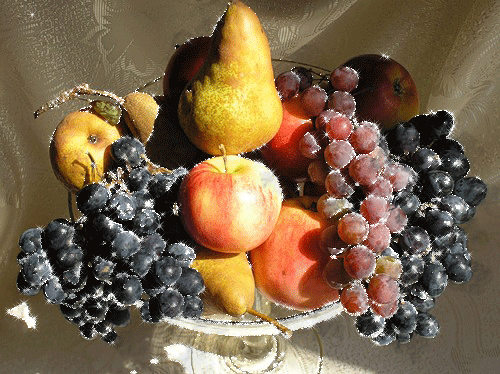
Unfortunately, the Italian diet is in itself changing for the worse. According to new studies even in Italy; kids are getting fatter. This is reported due in part to an increase in proteins and fatty foods in the Italian diet. A large part is due to time spend in front of the television and usage of Video Games versus inventing games out in the yard and running around. Italian foods (in Italy) and the lifestyle were healthier twenty years ago. The state of Italy, however, reacted quickly to this new health threat and distributed seven million pamphlets with guidelines for a healthier diet Movements such as "Slow Food," (which has its world headquarters in Italy), contributes to the population's nutrition with television ads. A way to react to the new threat which Italians are attempting to reverse hurriedly and go back to the old Mediterranean diet.
